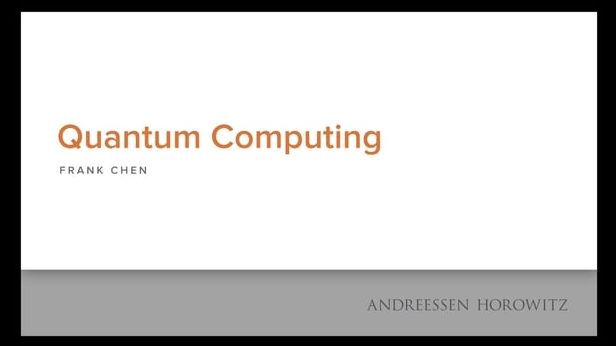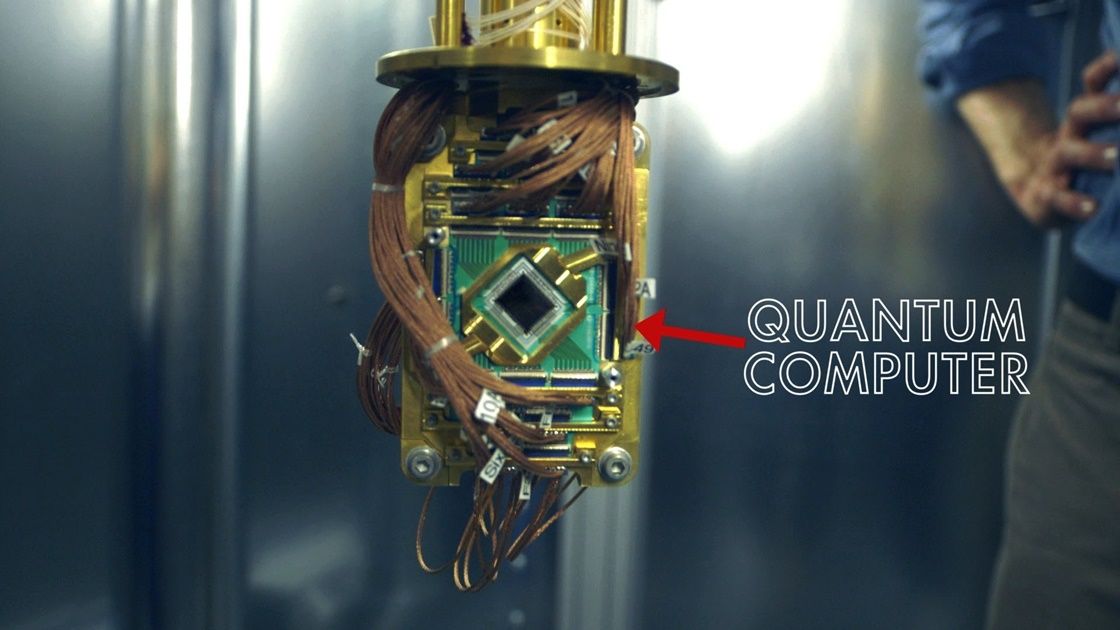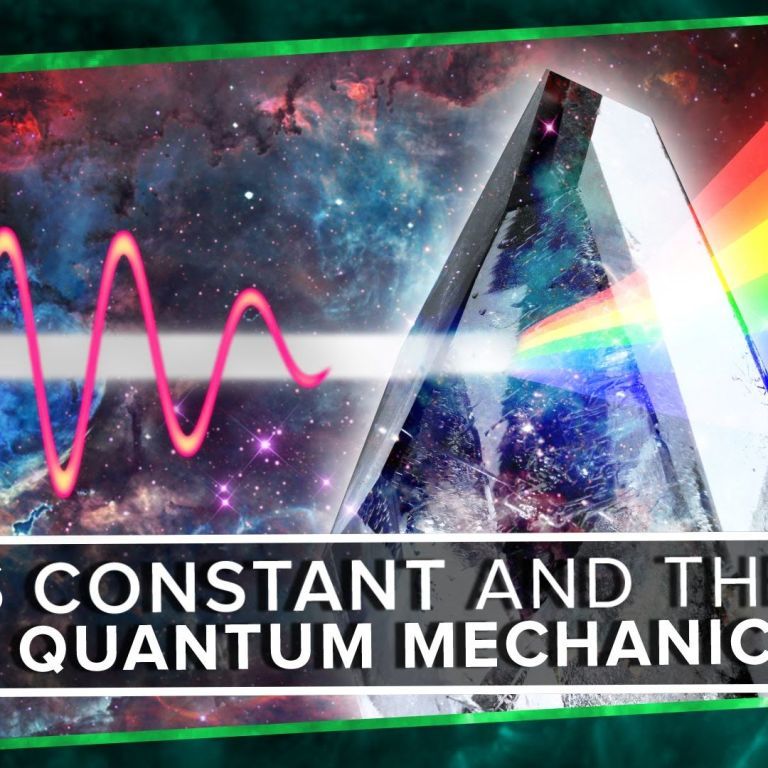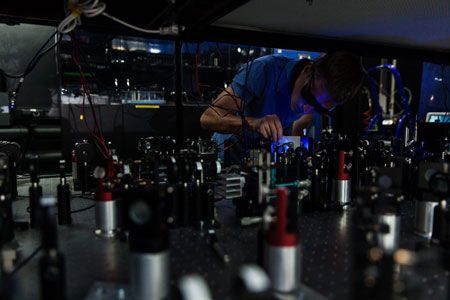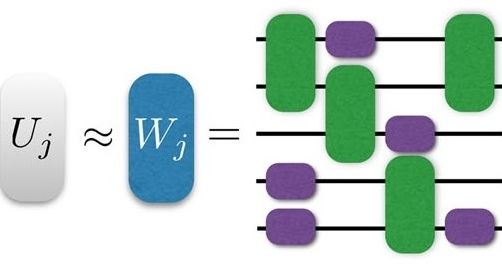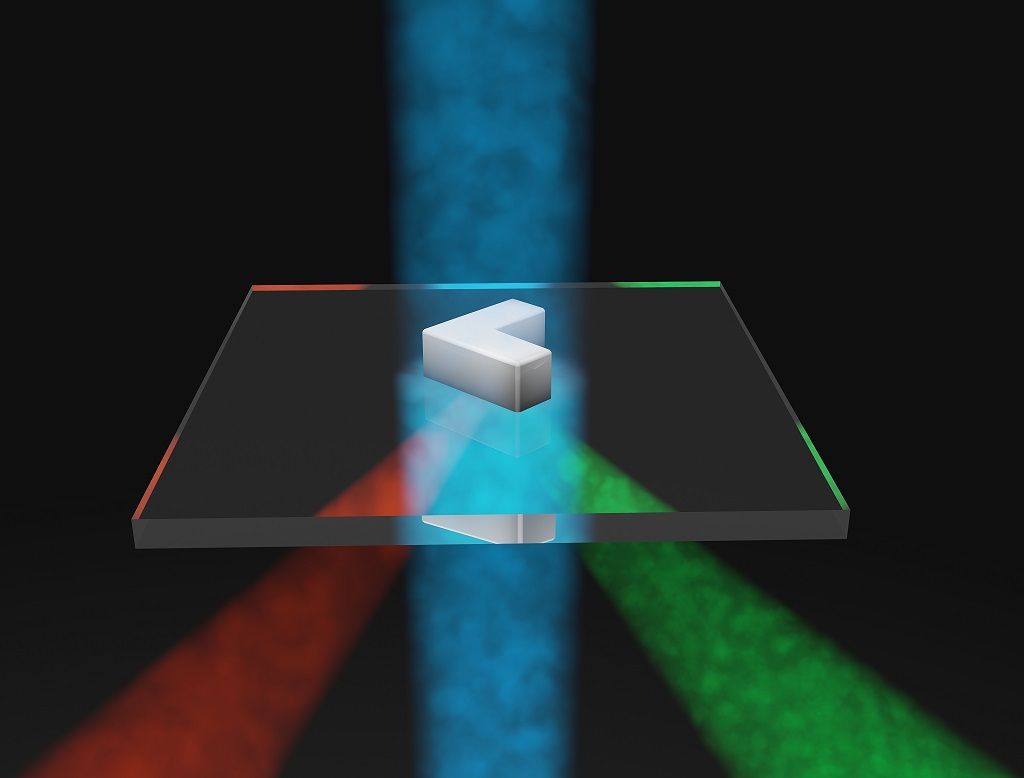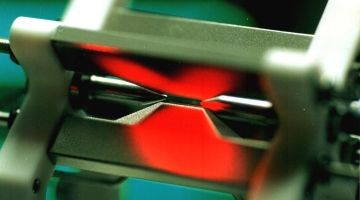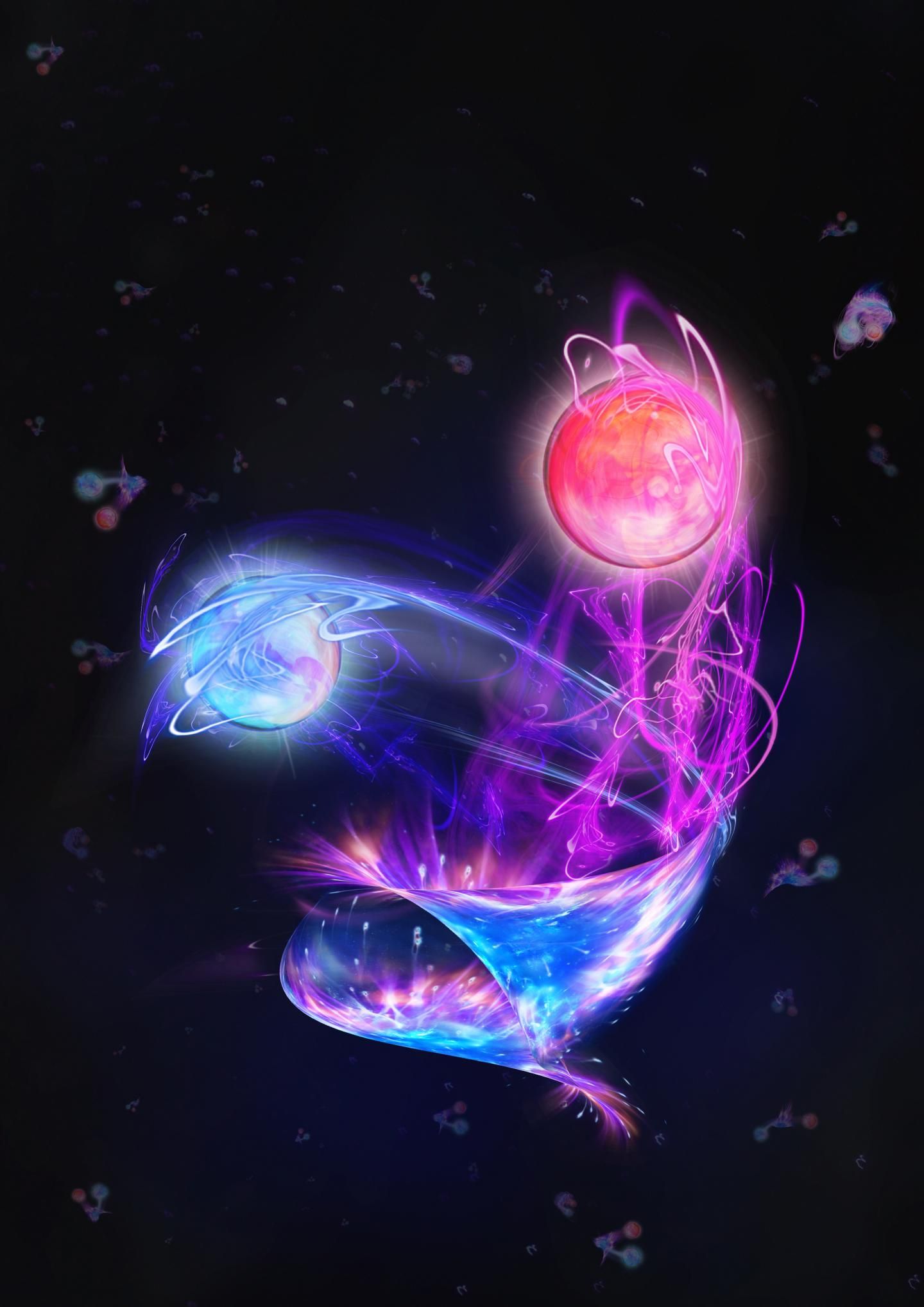Jun 26, 2016
Quantum Computing: A Primer
Posted by Karen Hurst in categories: computing, particle physics, quantum physics
This video is worthless. I hear a person who is out of touch with the QC work and isn’t even aware all of the work going on. Frankly, QC is being worked on by big tech (Amazon, Google, Microsoft, D-Wave, IBM), governmental labs and incubators, limited set of start ups who are also (in many cases tied to big tech), and university research labs. Therefore, I don’t really find this soapbox video that informative as well as not in touch with where QC is today. It appears to me that this guy has sour grapes over not being engaged.
At least if you’re going to get on a soapbox and try to talk about QC like you’re somehow an expert or informed; at least make sure you know what has been shown, reported, and in development currently that has been publically announced so that you don’t look like you’re an un-informed consultant doing a superficial presentation and didn’t even bother doing the due diligence 1st. Otherwise, you just discredited your VC/ firm to the public and to those working on QC.
